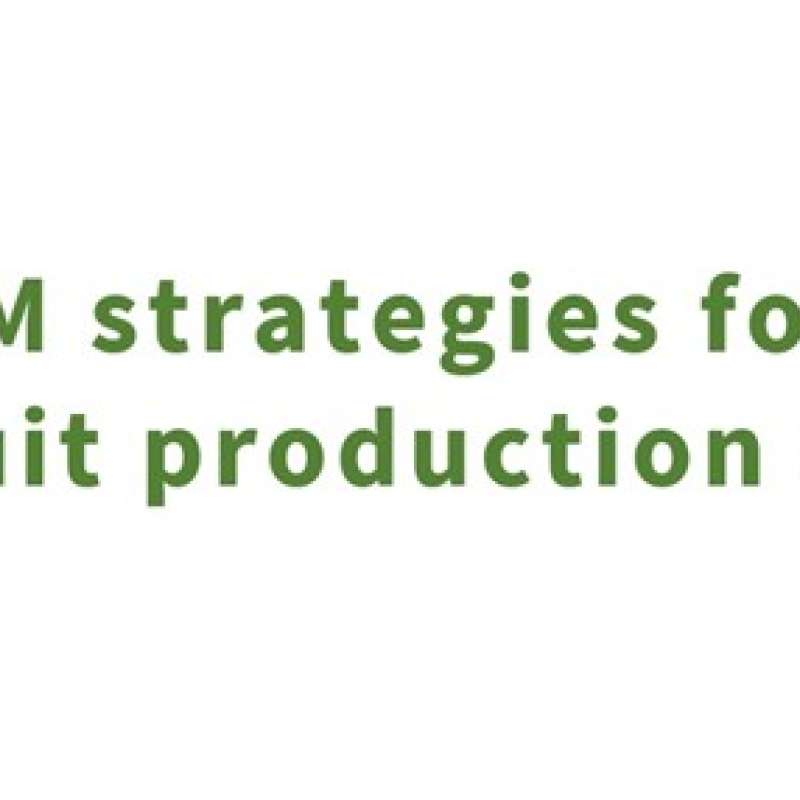Arne Stensvand
Research Professor
Abstract
No abstract has been registered
Abstract
No abstract has been registered
To document
Authors
Marte Persdatter Tangvik May Bente Brurberg Christer Magnusson Arne Stensvand Simeon RossmannAbstract
No abstract has been registered

